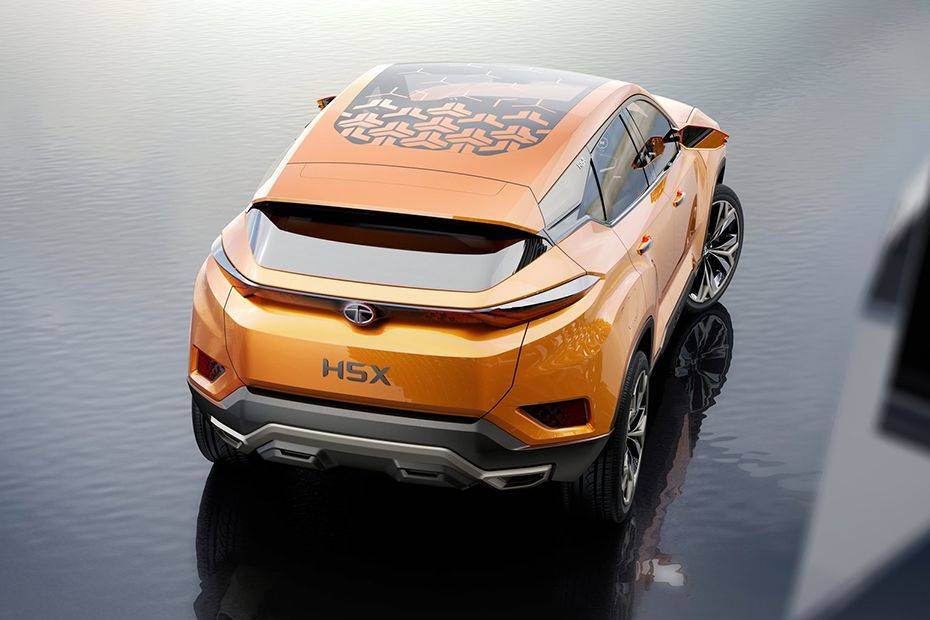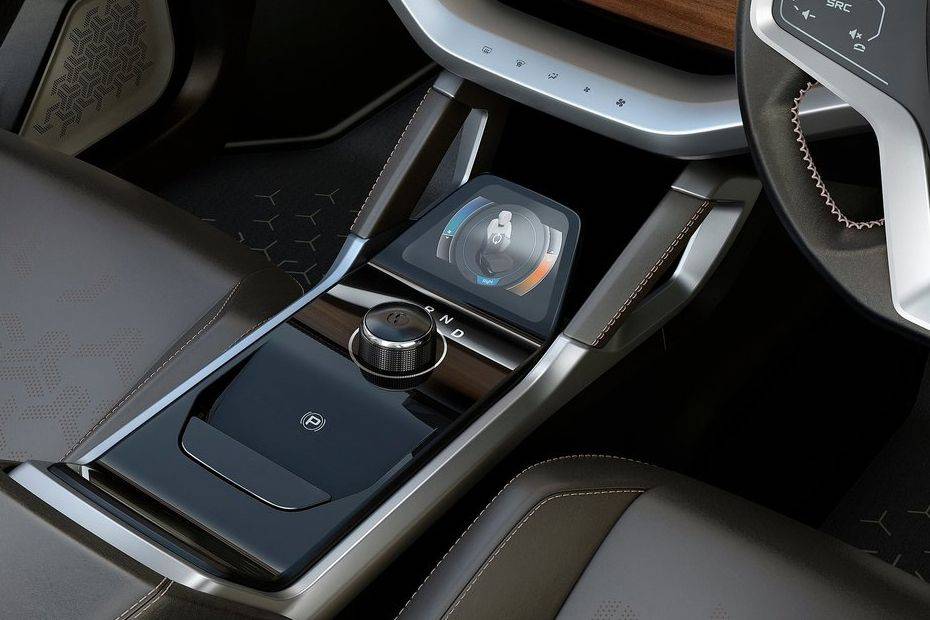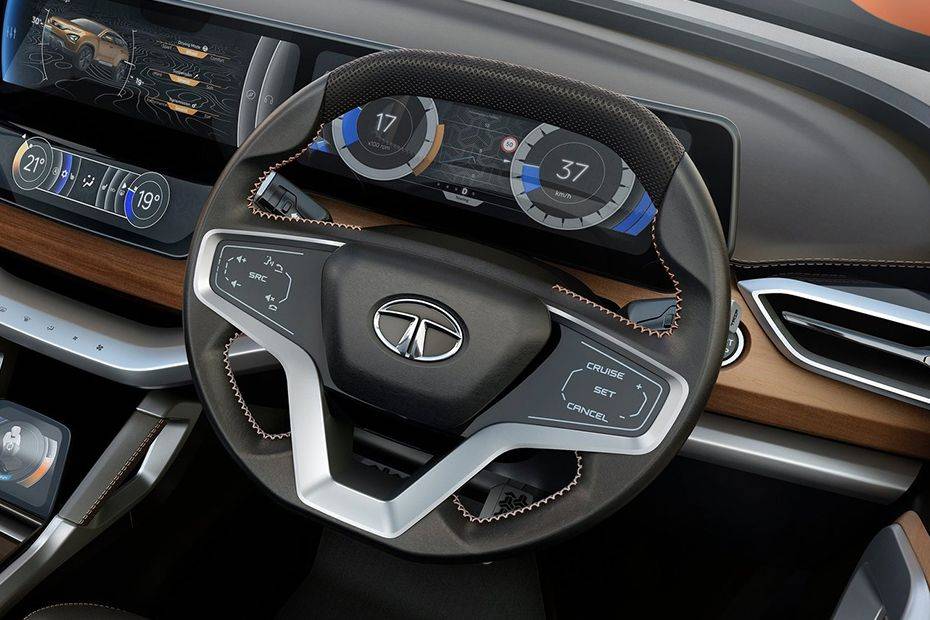ADS
Sunday, 4 September 2022
Vernier scale
Tuesday, 30 August 2022
History of Plus and Minus Sign
Though the signs now seem as familiar as the alphabet or the Hindu-Arabic numerals, they are not of great antiquity. The Egyptian hieroglyphic sign for addition, for example, resembled a pair of legs walking in the direction in which the text was written (Egyptian could be written either from right to left or left to right), with the reverse sign indicating subtraction.
Plus and minus sign in Physics
ILAC IN NABL
ILAC International Laboratory Accreditation Cooperation
In order, to enable global acceptance of its accredited Conformity Accreditation Bodies (CABs), NABL international bodies like Cooperation (ILAC) and Asia Pacific Accreditation CoInternational Laboratory operation (APAC).
Accreditation NABL has obtained ILAC MRA for Reference Material Producers (RMP) accreditation program (ISO 17034) also, in addition to existing MRA in Testing (ISO/IEC 17025), Medical (ISO 15189 ), Calibration (ISO/IEC 17025) laboratories and Proficiency Testing Providers (PTP) accreditation program (ISO/IEC 17043).
Such Mutual Recognition Arrangement (MRA) other MRA Partner accreditation systems.
ILAC is the international organization is based on peer evaluation and acceptance of ation for accreditation bodies op erating in accordance with ISO/IEC 17011 and involved in the accreditation of conformity assessment bodies including Testing Laboratories, Calibration Laboratories, Medical Testing Laboratories, Inspection Bodies and Proficiency Testing Providers.
The Mutual recognition arrangements enhance the acceptance of products and services across national borders, thereby creating a framework to support international trade through the removal of technical barriers. For further details, kindly visit www.ilac.org
Thursday, 28 March 2019
Check Specific Gravity by Hydrometer only at just Rs 250
- Material: Glass
- Color: Clear
- Product Dimension (B x H): 24 mm x 230 mm
- Package Contents: 2 Hydrometer
- Care Instructions: Handle with care
Specifications for this item
| Brand Name | Aggarwal Crockery & Scientific Stores |
|---|---|
| Colour | Clear , Clear |
| Included Components | 2 Hydrometer |
| Material Type | glass |
| Number of Items | 2 |
| Part Number | Hydrometer1000-2000X2 |
| Size | 230 mm |
| UNSPSC Code | 41110000 |
Hygrometer only on 250 rs minimum price,buy from this link get discount.
- Wireless outdoor and indoor temperature (Fahrenheit or Celsius)
- Measures temperature and humidity level
- Includes clock, day, date and alarm function
- Provides for flip out bracket for free standing or wall fixing
- Batteries included
Specifications for this item
| Brand Name | HTC |
|---|---|
| Colour | Multicolor |
| EAN | 0019007103904 , 0846619095255 , 0638370185999 , 0734026221957 , 0793518308477 |
| Height | 2.49 centimeters |
| Item Weight | 150.0 grams |
| Length | 10.01 centimeters |
| Manufacturer Series Number | HTC-1 |
| Material Type | plastic |
| Model Number | LCD DIGITAL TEMPERATURE HUMIDITY@@3 |
|---|---|
| Number of Items | 1 |
| Part Number | BFHTC-1 |
| Specification Met | |
| UNSPSC Code | 41113630 |
| UPC | 793518308477 , 734026221957 , 846619095255 , 019007103904 , 638370185999 |
| Width | 10.69 centimeters |
"Sensor lights" Now feel more tech life like a iron man
- Good solution for energy saving & easy in installation. & Delay adjustment: 10 Seconds - 7 Minutes & Adjustable Lux: turn on the lights during the day or night.
- Using the automatic control product of infrared technology,when people walk into the sensor range,and the sensor can detect the spectral change of the human body infrared ray,during this time,the switch will connect the load automatically until the person leaves the sensor range. 2, Through the photosensitive control , it will not turn on the lights in the daytime or light environment, but also can be adjusted in any lighting environment sensing lights .
- Sensitivity Adjustable: Turn On Lights during Day or nights.
- It can use with lamps, incandescent lamps (bulbs), old-fashioned fluorescent lamps, electronic fluorescent ring lamps, spotlights, transformers, small electrical appliances, and other all other appliance.
- Material:Plastic, Color:Black
- Package Contents:20 LED Bright Outdoor Security Lights with Motion Sensor Light
- Long working time and energy saving: Absorb sunlight for a few hours in daytime and it can light throughout the night. The light lasts for 8-10 hours if fully charged
- Solar power lights: As winter approached the sunshine becomes weaker than summer, please make sure the item is put in direct sunlight all day so that it can absorb more sunlight for charging
- Ultra-bright: 20 powerful leds and the motion angle is 120 degrees which can provide excellent illumination. It's a perfect choice to be used in garden, yard, driveway, stairs, outside wall etc
- Waterproof and durable: This light is weatherproof and durable with solid hard plastic which can withstand years of usage
- Solar panel life span: 5 years , led life span:50000 hours.Only takes 6-8 hours to fully charge
GET YOUR NEW REDMI HEADPHONE NOW!!!!! with Tangle free cable
- Tangle free cable
- Ultra deep bass
- Has mic and play/pause button
- High quality silicone earbuds. Cable length-1.25 m
- 3.5mm jack. Speaker impedance: 32Ω. Frequency Response Range: 20-20,000Hz, Rated power: 5mW
- Super extra bass, powerful 10mm drivers, HD clear sound, in-line microphone, play/pause your music, change your tracks and answer/end your calls
- Aluminum alloy sound chamber
- Available in black and red
- Hotline Service: 1800 103 6286, Hotline Service is available from 9 a.m. to 9 p.m. local time
Sunday, 24 March 2019
ISO/IEC 17025
CD-ROM IS ALSO AVAILABLE WITH FREE DELIVERY IF YOU BUY FROM THAT LINK.
Wednesday, 20 March 2019
Sunday, 7 October 2018
Thursday, 4 October 2018
Tata Harrier
Less




NEW MARUTI FUTURE S 2019

EXPECTED PRICE 6 TO 7 LACS
MARUTI REVIEW ABOUT THIS CAR:
Maruti Suzuki, said, "Compact is the natural choice of India's car customers. Compact needs a fresh design language, one that is bold, confident and dynamic. Our designers have created this brand new design, aggressive on the outside, and bold and inviting interiors. Nothing like this has ever been attempted before on a vehicle this size. ConceptFutureS will define the next generation of design for compact vehicles in India".

